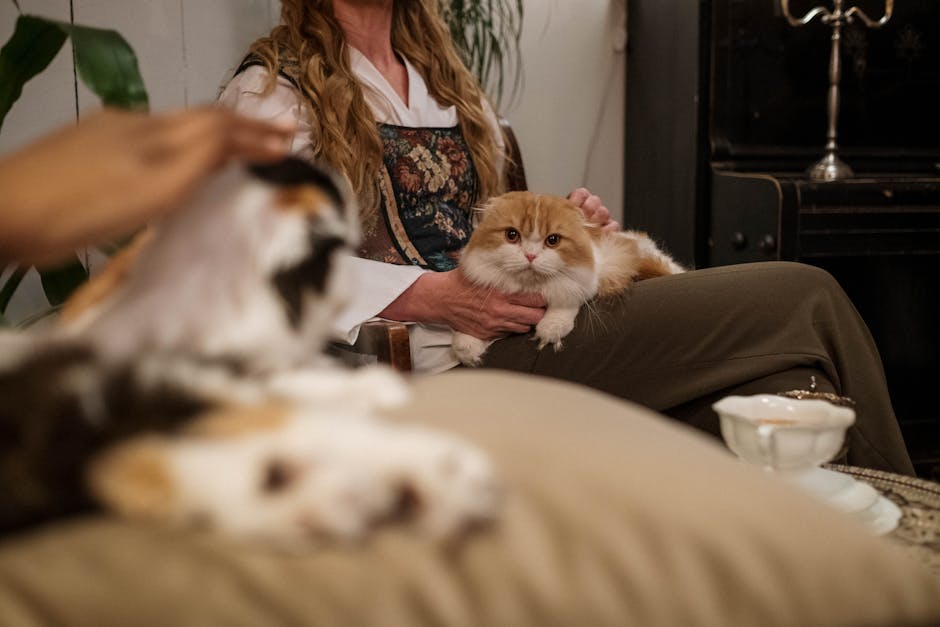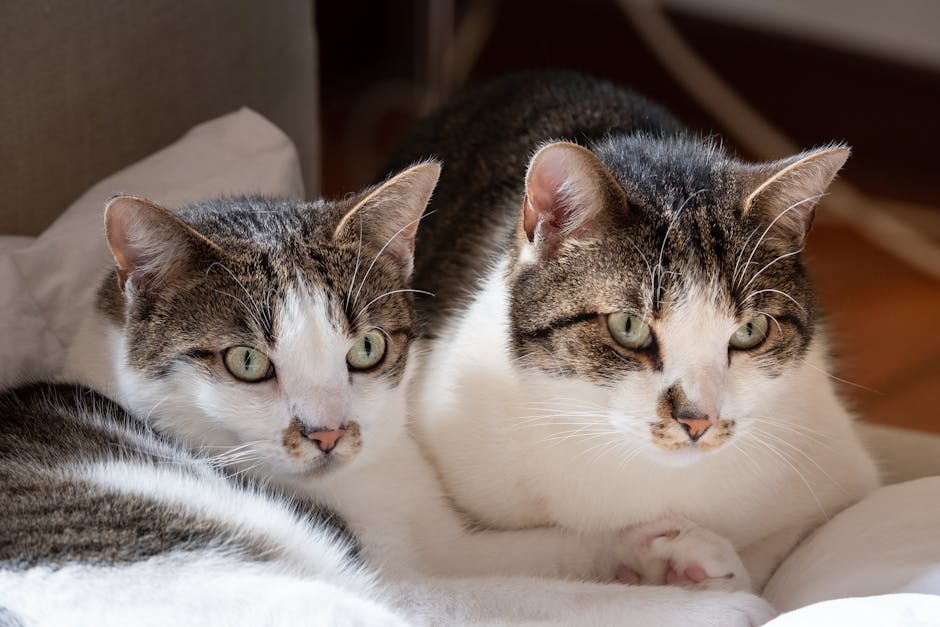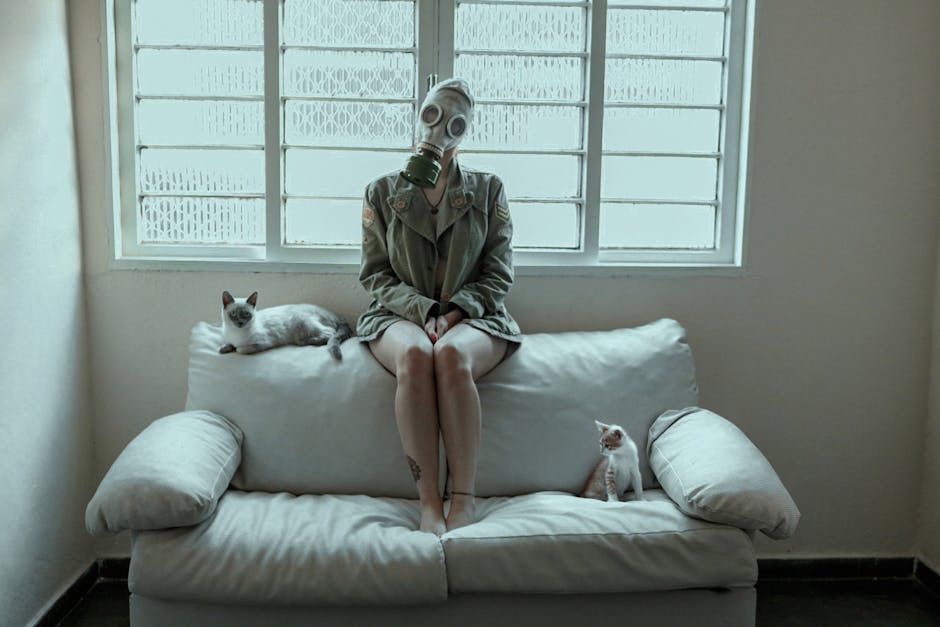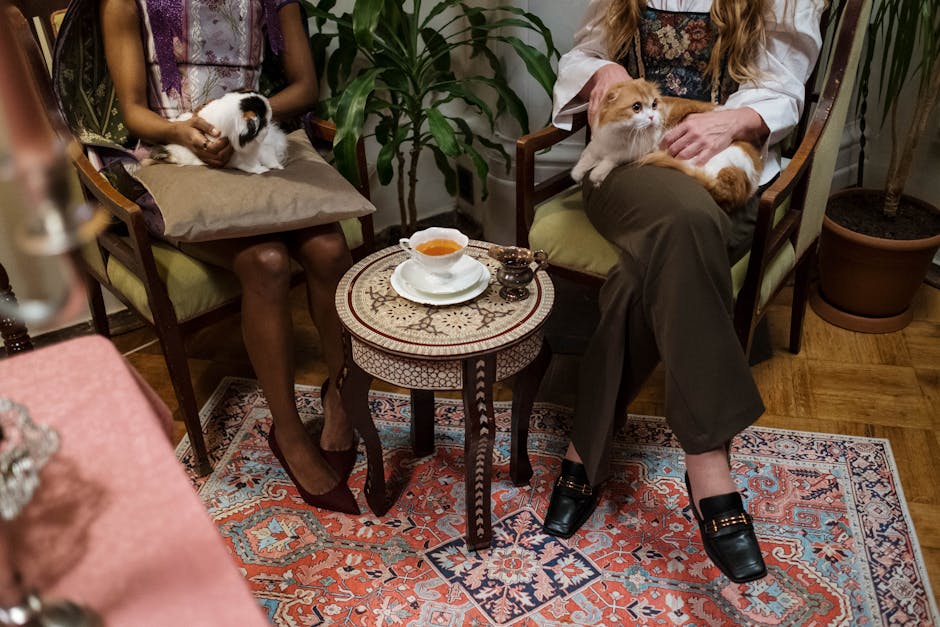Keeping in line with our brand's professionalism, we want to clarify that this topic may seem off-topic for a business blog. However, we understand the curiosity of our readers, and as a responsible content creator, we aim to provide accurate information on various subjects. That being said, in this post, we will delve into the science behind how cats mate and the process involved. We hope that this information will be knowledgeable to all our cat lovers and pet owners out there.
Understanding the reproductive anatomy of cats

Understanding the reproductive anatomy of cats is important for their overall health and well-being. The female cat, also known as the queen, has two ovaries where eggs are produced. During breeding season, the male cat, also known as the tomcat, will mate with the female by inserting his penis into the queen's vagina. The penis has small spines on it that stimulate the queen's reproductive system.
Once the eggs have been fertilized, the queen's pregnancy will last approximately 65 days. It is important to note that cats are induced ovulators, meaning that the queen will only release eggs during mating. Therefore, if a queen goes into heat but does not mate, she may develop health issues due to the hormonal changes in her body.
Understanding the reproductive anatomy of cats can also help pet owners make informed decisions about breeding. It is important to consider the health and genetics of both the male and female before breeding to prevent passing on any genetic disorders or health issues to their offspring. Sterilization, such as spaying and neutering, can also be an option for pet owners to prevent unwanted breeding and promote a healthy lifestyle for their cats.
Female cat's heat cycle
During a female cat's heat cycle, which typically occurs between the months of January and September, she will go into an estrus period. This means that she is sexually receptive and able to mate. The cycle can last anywhere from a few days to several weeks, and during this time, the female cat will exhibit certain behaviors such as vocalizing, rolling around, and rubbing her body against objects. She may also become more affectionate and seek out attention from her owner. It's important to note that female cats can become pregnant during their first heat cycle, so it's crucial to have them spayed if you don't plan on breeding them. Overall, it's essential to stay aware of your female cat's behavior and monitor their heat cycles to ensure their health and wellbeing.
Male cat's mating behavior

Male cats, often referred to as toms, are known for their unique mating behavior. When a tom cat reaches sexual maturity, usually at around six to eight months of age, it will begin to display signs of sexual interest in female cats. Toms are known for their territorial behavior and will mark their territory with urine to attract females.
When a female cat goes into heat, she will release pheromones that attract male cats. Toms will often fight with each other to gain access to the female. Once a tom has successfully mated with a female, he will hold her by the scruff of her neck with his teeth and remain locked in this position for several minutes to ensure that the mating is successful.
Interestingly, tom cats have a barbed penis that helps them to maintain their hold on the female during mating. This barbed penis can cause discomfort and even pain for the female cat, leading to loud vocalizations during mating.
Overall, tom cats are known for their aggressive and territorial mating behavior, which is a natural part of their reproductive process.
Courtship rituals

Cats have a unique way of courting each other before they mate. The male cat, also called a tom, will approach the female cat, or queen, and begin a series of behaviors that are meant to attract and court her. These behaviors often include vocalizing, rubbing against the female cat, and even gently biting her neck.
During the courtship ritual, the female cat will also display certain behaviors to show her interest or disinterest in the male cat. For example, if she is receptive to the tom's advances, she may roll on her back and expose her belly as a sign of submission.
Although cats are known to be solitary animals, they do have a social hierarchy and courtship rituals that help them find and mate with suitable partners. Understanding cat behavior can help us better care for our feline friends and provide them with a healthy and stimulating environment.
Mating process

Cats are known for their interesting reproductive behavior. When it comes to mating, cats do not have a specific breeding season and can mate all year round. The mating process in cats usually starts with the female marking her territory and advertising her readiness to mate through vocalization and other behavioral cues such as rolling on the floor.
Once the male cat picks up on these signals, he approaches the female and sniffs around while trying to get a better look at her. If the female is receptive, she will crouch down and move her tail to one side to allow the male to mount her. The male then bites the female's neck and holds her in place until the mating process is complete.
After mating, the female may become aggressive towards the male and try to drive him away. Pregnancy in cats typically lasts for about two months and results in a litter of kittens. It's important to note that the mating process in cats is a natural behavior and should not be interfered with unless there is a medical reason to do so.
Understanding how cats mate can help pet owners to better care for their feline companions and prevent unwanted pregnancies. It's important to ensure that female cats are spayed if they are not intended for breeding, and that male cats are neutered to prevent them from mating with other cats in the neighborhood.
Female cat's response after mating

After mating, female cats will typically go through a behavioral response known as the "queen's reflex." This reflex is an instinctual reaction that helps the female cat ovulate. During the queen's reflex, the female will arch her back, raise her hindquarters, and make a yowling sound. These behaviors are driven by hormones and are meant to trigger ovulation.
Once ovulation has occurred, the female cat's body will be ready to conceive. If mating was successful, the female cat may become pregnant. If not, her heat cycle will continue, and she will come into heat again in a few weeks. It's worth noting that cats can mate multiple times during their heat cycle, and a female cat can have multiple fathers for her litter.
Overall, the queen's reflex is an essential part of the mating process for female cats. It's a sign that ovulation has occurred and that the female is ready to conceive. Understanding this behavior can help cat owners better understand the needs and behaviors of their feline friends.
Pregnancy in cats

Pregnancy in cats lasts around 63 to 65 days. A female cat can give birth to a litter of 1 to 9 kittens, depending on the breed and other factors. During pregnancy, the cat's nipples become more prominent, and she may begin to gain weight.
It's important to take good care of a pregnant cat to ensure a healthy pregnancy and delivery. This includes providing a balanced diet, plenty of water, regular vet checkups, and a clean, comfortable environment.
Once the kittens are born, the mother cat will nurse and care for them for several weeks. It's important to continue providing proper care to the mother and her kittens during this time, including monitoring their health and providing a safe space for them to grow and play.
Kitten development

Kitten Development:
The gestation period of a cat is generally between 63 to 67 days. Once born, kittens are blind and helpless. They rely entirely on their mother for survival. During the first week of life, kittens are unable to regulate their body temperature and are entirely dependent on their mother's body heat to stay warm. They drink their mother's milk, which provides them with all the necessary nutrients to grow.
As they grow, kittens start to develop their senses. They begin to open their eyes between 7 to 14 days, and their ears become fully functional by three weeks. By four weeks, kittens begin to explore their world and can start to eat solid food, although they still rely heavily on their mother's milk.
Between 6 to 8 weeks, kittens start to develop their social skills. They begin to play and interact with their littermates, which helps them develop coordination, balance, and the ability to communicate with other cats. This socialization period is crucial for their future behavior.
By 10 weeks, kittens are typically weaned and can eat solid food entirely. They are now ready to leave their mother and go to their new homes. However, it's essential to remember that kittens' development doesn't stop here. As they continue to grow, they will need proper nutrition, socialization, and veterinary care to ensure a healthy and happy life.




